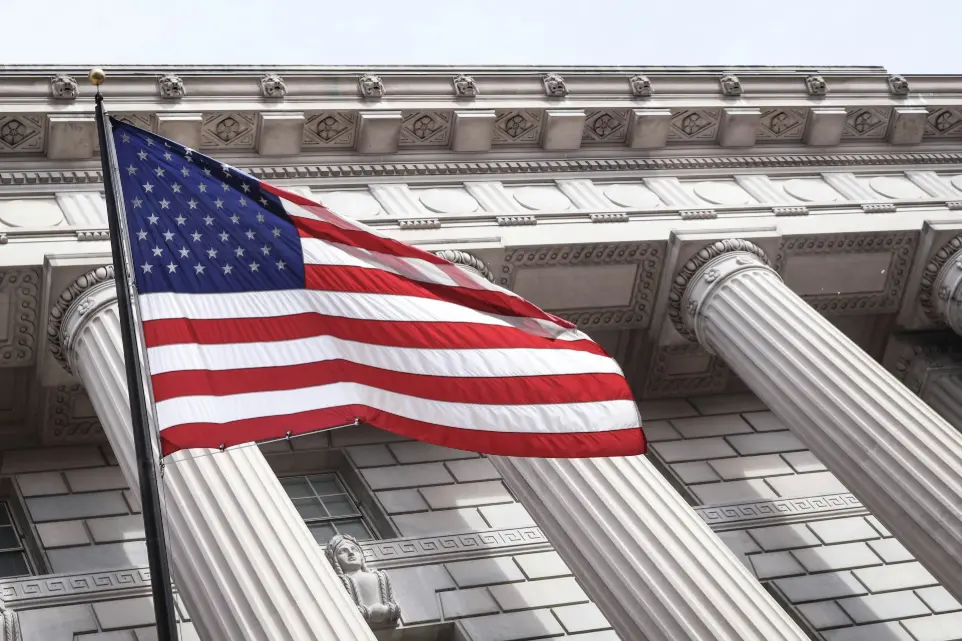
America L-1 Intra-Company Transfer Visa
America H-1B, H-2A, H-2B and H3 Temporary Work Visa
America O Visa (Individuals with Extraordinary Ability)
America I Visa (Journalists and Media Workers)
America P Visa (Athletes, Artists and Entertainers)
America Q-1 Cultural Exchange Program Visa
America R Visa (Religious Workers)
🇺🇸 U.S. Visa Denial and Reapplication Process
The U.S. visa application process may vary depending on the applicant’s personal situation, purpose of travel, and the type of visa applied for. When a U.S. visa application is denied, the applicant may need to reapply based on the reasons for the denial. Most visa denials are related to the applicant not meeting the visa criteria or submitting incomplete documents.
✍️ Why Is a U.S. Visa Denied?
When a U.S. visa is denied, the reason for the denial is usually provided by the consular officer. Common reasons for visa denials include:
- Incomplete Documents: If the required documents are missing or incomplete, the application may be denied.
- Travel Purpose: If the applicant does not provide sufficient information regarding the purpose of the trip, duration of stay, or intention to stay permanently, the application may be denied.
- Financial Status: Applications may be denied if the applicant does not have sufficient financial resources to support themselves in the U.S.
- Immigration Intention: Applications may be denied if the applicant has a history of overstaying or violating immigration laws in the U.S.
💡 Reapplication Process
If a U.S. visa is denied, the applicant may reapply, but there are some important considerations to keep in mind:
- Completing Missing Documents: If the visa was denied due to incomplete or incorrect documents, the applicant can correct these issues and reapply. It is crucial that the applicant reviews the previous application and ensures that all required documents are submitted accurately.
- Reapplying Based on the Reason for Denial: Depending on the reason for the denial, the applicant may need to address the specific issues before reapplying. For instance, if the financial documents were inadequate, the applicant may need to provide stronger financial evidence.
- New Visa Fee: If the application is denied and the applicant decides to reapply, a new visa application fee must be paid. The applicant is required to pay the fee again for the new application.
📌 What to Do After a Visa Denial
After a visa is denied, it is crucial for the applicant to understand the reason for the denial. Based on the information provided by the consular officer, the applicant can better prepare for the reapplication process. The applicant should take extra care to avoid any errors or omissions in the reapplication to prevent another denial.
📝 Key Considerations When Reapplying After a Visa Denial
When reapplying after a visa denial, the applicant should keep the following factors in mind:
- New Documents and Corrections: The missing documents should be completed, and the correct information should be provided. Any incomplete documents or incorrect information can lead to another denial.
- Tracking the Application Process: The applicant should carefully track the application process and ensure that all documents are correct and complete.
- Presenting Stronger Grounds: The applicant should present stronger supporting documents related to the purpose of travel, financial status, and other relevant information to increase the likelihood of visa approval.